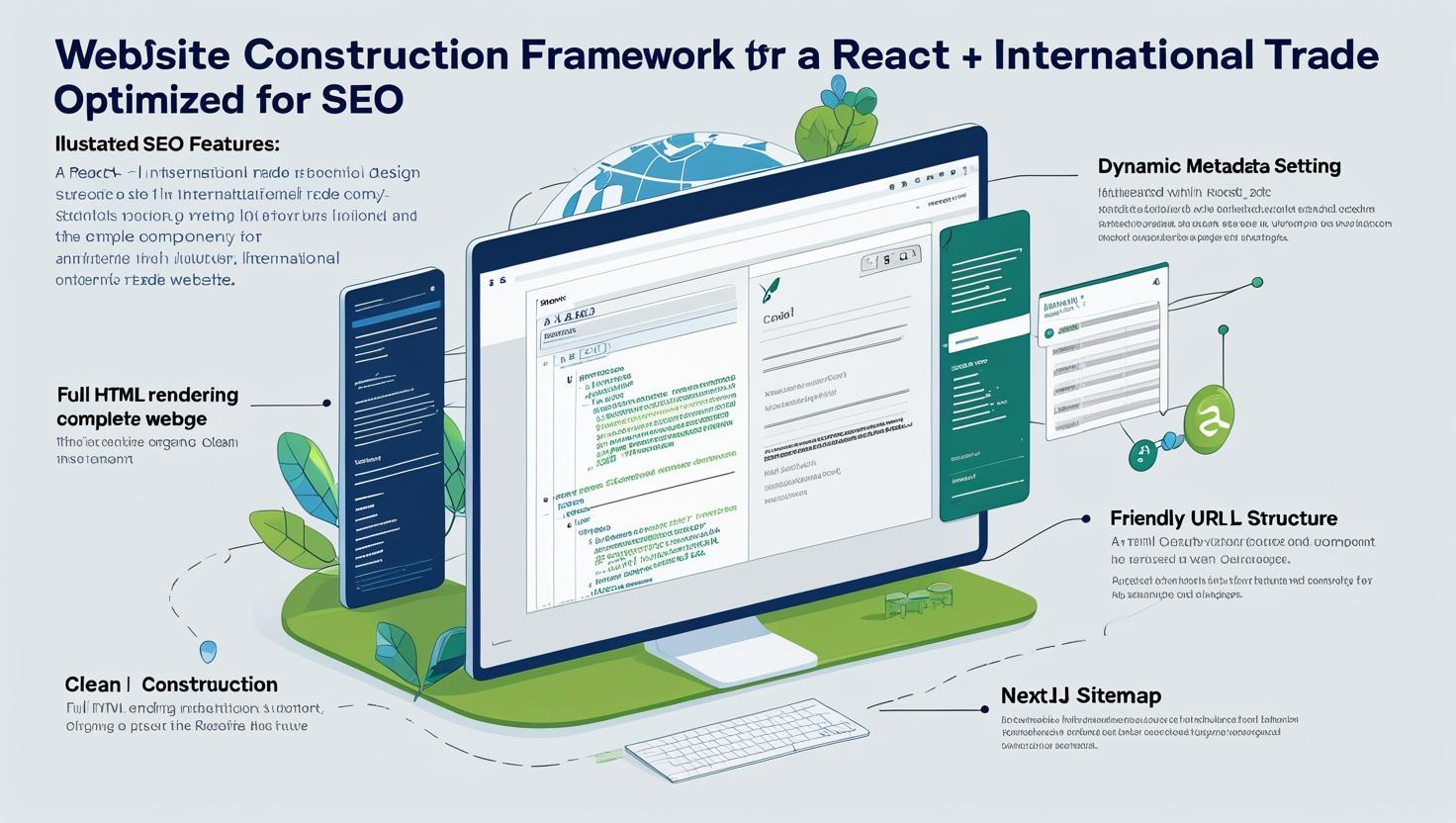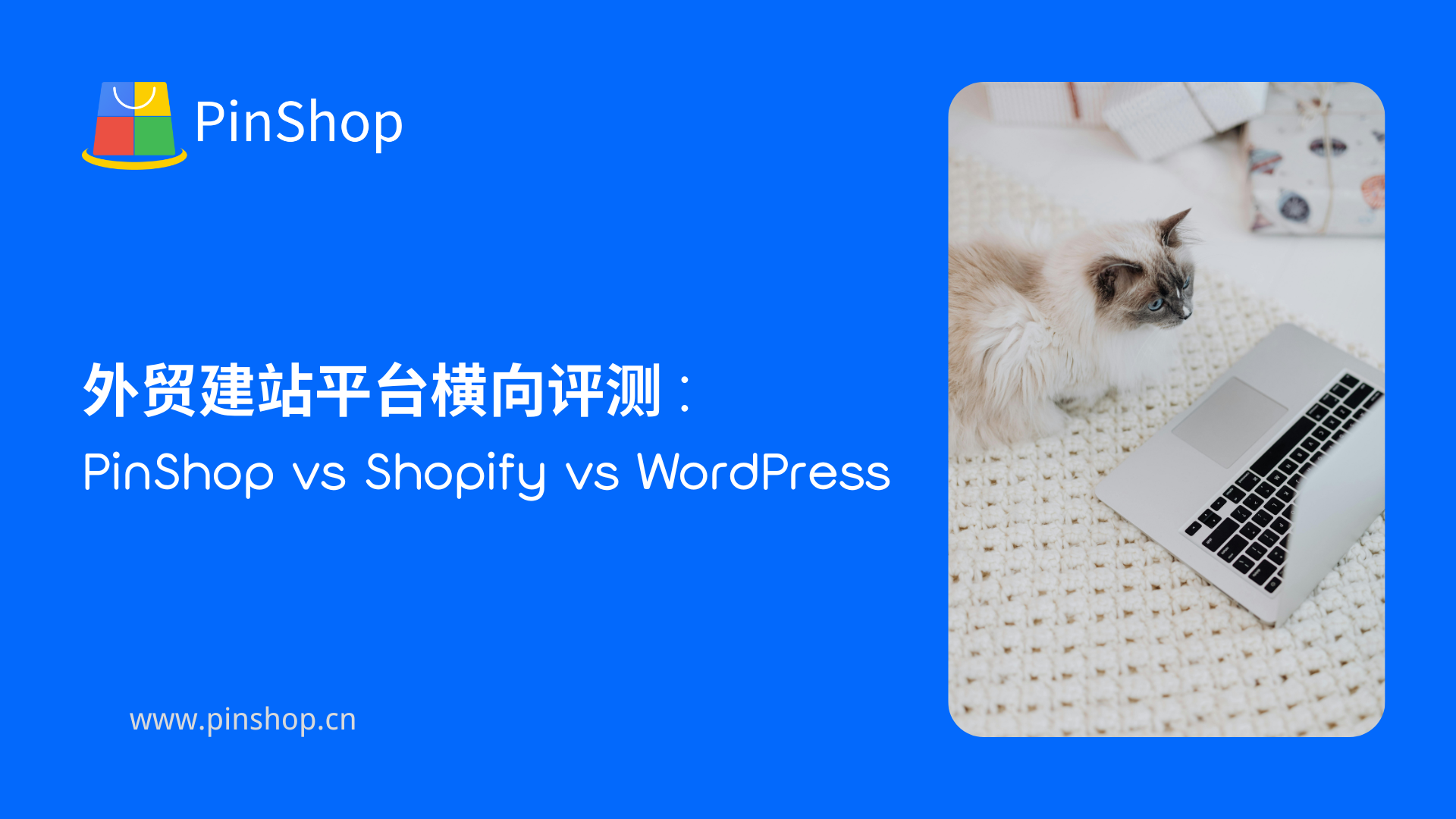In modern international trade website development, user experience and search engine optimization (SEO) have become core elements for attracting traffic and boosting conversions. Using a React + Next.js technology stack not only speeds up page rendering but also optimizes SEO performance, bringing significant advantages to international trade website development. According to research from the W3C and Google Search Central , optimizing website performance and structure is key to improving search rankings and user retention (reference links: W3C , Google Search Central ).
1. High-performance rendering and loading speed
React uses a component-based structure, combined with Next.js's server-side rendering (SSR) and static generation (SSG), which can significantly improve page loading speed and performance:
Component reuse : React's modular components improve development efficiency while reducing duplicate code and improving website performance.
Server-Side Rendering (SSR) : Next.js supports rendering pages on the server side, allowing users to directly access the complete HTML content when accessing, improving the loading speed of the first screen.
Static Generation (SSG) : For product pages and content pages, static pages can be generated in advance to reduce server pressure and improve the access experience.
According to Moz research, high-performance websites have an advantage in search engine rankings, and user retention time is also significantly improved (reference link: Moz ).
2. SEO friendly
Traditional SPAs (single-page applications) present certain challenges in SEO, but React+Next.js naturally supports SEO optimization:
Full HTML rendering : Search engines can crawl the complete content of server-rendered pages, improving page indexing efficiency.
Dynamically set meta information : Using the Next.js Head component, you can dynamically set the title, description, and keywords for each page to improve search rankings.
Friendly URL structure : Next.js supports static and dynamic routing management by default, so that foreign trade websites meet search engine requirements in terms of URL standardization and hierarchical structure.
In line with the recommendations of the International Trade Centre (ITC), foreign trade companies should consider both SEO optimization and content display when designing their websites in order to increase their search exposure to international customers (reference link: ITC ).

3. Cross-platform and international adaptation
Foreign trade websites need to be oriented towards global customers. React+Next.js has obvious advantages in multi-terminal adaptation and internationalization:
Responsive design : can quickly adapt to PC, tablet and mobile access to improve user experience.
Multi-language support : Next.js supports the i18n internationalization solution, making it easier for companies to provide multi-language pages for different markets.
Cross-platform compatibility : React has a rich ecosystem and can be integrated with various third-party plug-ins and systems to achieve multi-scenario functional expansion of foreign trade websites.
According to W3C 's accessibility standards, responsive and internationalized designs help improve the access experience of global users, thereby indirectly improving the website's weight (reference link: W3C ).
4. Efficient content management and updating
React+Next.js combined with modern CMS or API can achieve efficient content management for foreign trade websites:
Dynamic data loading : Real-time updates of products, news, or cases are achieved through API interfaces, eliminating the need for frequent manual page publishing.
Component management : Content and page components are separated, allowing editors to quickly adjust the layout and improve update efficiency.
Automated SEO tool support : Combined with the Pinshop platform, it can automate keyword optimization, image ALT management, and internal linking to enhance search rankings.
Effective content management can not only ensure that website information is updated in a timely manner, but also increase the frequency of search engine crawling of the website and enhance the continuous growth of traffic.
Summarize
Using React + Next.js technology for international trade websites offers significant advantages in performance, SEO, cross-platform compatibility, and content management. Through scientific technology selection and rational architecture design, companies can create efficient, international international trade websites, boosting organic traffic and user conversions. Using the Pinshop website building platform, you can easily utilize React + Next.js to build SEO-compliant international trade websites. Combined with automated SEO and multilingual capabilities, you can achieve efficient global market coverage.
Pinshop website building platform CTA :
Experience the Pinshop website building platform now and start building a high-performance foreign trade website with React+Next.js to quickly expose your products in the global market and increase conversion rates!

Recommended article: How to improve natural search traffic and rankings when building a foreign trade website






